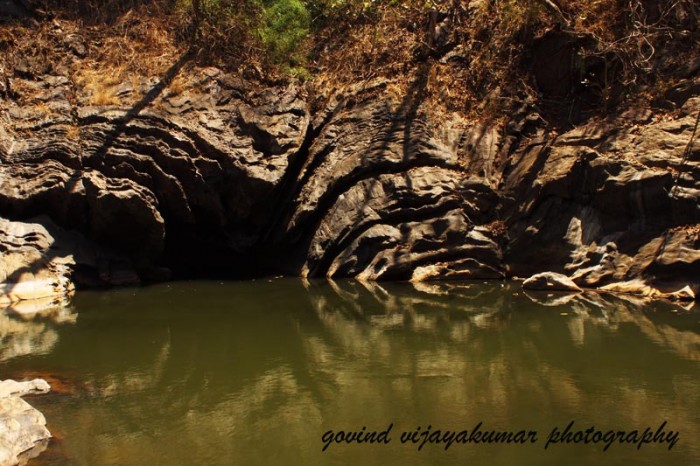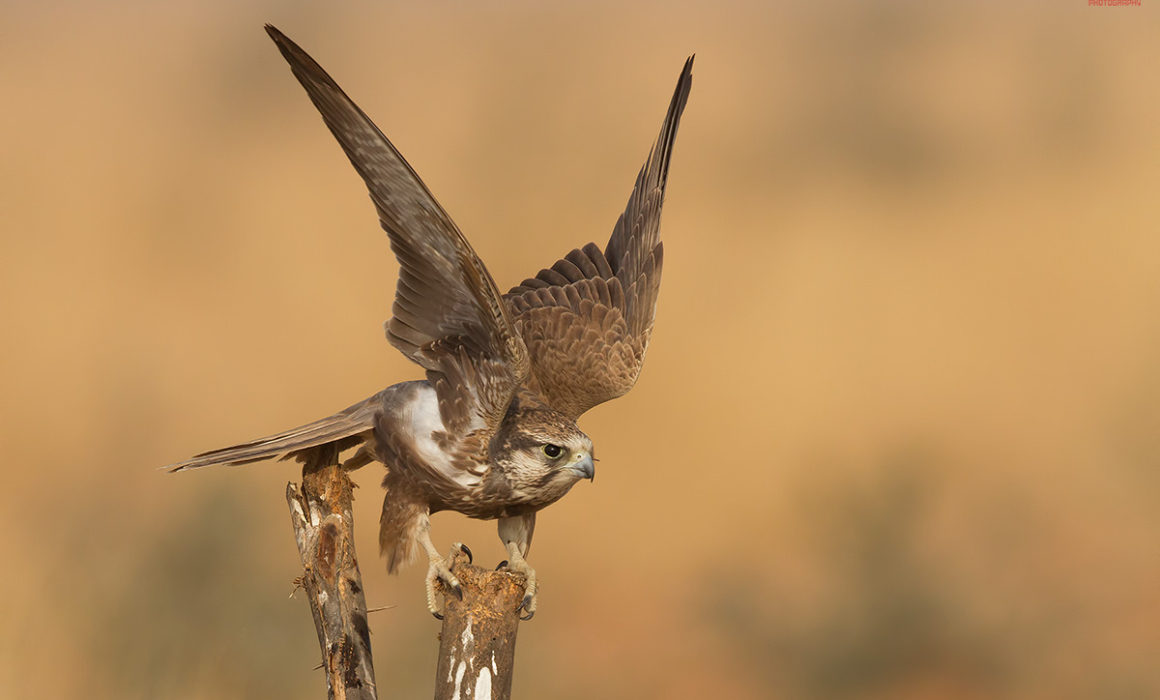Depth Of Field in Photography
The Depth of Field in photography can be defined as the distance between the subject and surrounding area that are in focus and the background that is out of focus. In another words, it is the range that appears to be sharp. Understanding the depth-of-field and using it wisely can make the difference between an ordinary photograph and a beautiful one.
There are two situations:
1. Large DOF (Depth Of Field)
2. Small DOF (Depth Of Field)
When shooting macro or portrait, only the subject or person should be in focus. That is, a narrow or small depth-of-field. We can remove distractions by blurring out the unwanted objects in the frame. Landscape photography demands for a large depth of field. So, choosing a DOF is related to the type of photography you are into.
How do you control the Depth Of Field in Photography?
There are mainly 3 factors that set the Depth of Field in Photography:
1. The Aperture of Camera Lens
The size of the aperture (the opening through which light enters) of the camera’s lens is measured by the f-number. Smaller the f-number, greater will be the opening of the aperture.


Consider the above two images. In the first image, the butterfly is of prime importance rather than the background. So, we have to go for a narrow Depth Of Field, so that only the butterfly is in focus. So, here we have gone with an aperture value of f4.0 to get a narrow DOF, which resulted in a beautifully blurred background.
In the second image of the rocks, we want both the foreground and background in focus. So we had to reduce the aperture opening to get a broader DOF. We choose an aperture value of f18. So, larger the aperture smaller the Depth Of field and vice versa.
In landscape photography, in order to maintain the sharpness of objects both in front of and behind the subject, a large depth of field is required. Go with a larger f-number to achieve this effect. You might have to use a tripod here as higher values of f-number demands for slower shutter speeds, which cause visible camera shakes when shot handheld, for correct exposure.
2. Focal Distance
Another parameter that affects the depth-of-field is the focal distance. In order to obtain a large depth of field, increase the distance between the subject and the lens. On the other hand, when the lens is very close to the subject, a very short depth-of-field is produced. Controlling the depth-of-field using focal distance is important in situations where you cannot change the aperture, like say shooting on a bright, sunny day, where large apertures (lower f-number) will lead to washed out images. Here, in order to minimize the depth-of-field, reduce the distance between the camera and the subject.
3. Type of Lens used
Telephoto lenses offer a short depth of field whereas wide angle lenses offer a large depth of field. Wide angle lenses ensure that most, if not all, of the objects in the frame, are in focus. This is why they are ideal for landscape photography.
Before you begin to shoot, make sure you have a clear plan — What to focus on and What to leave out. When you are ready with the plan, choose the right lens, the right focal distance and the right aperture to produce the intended depth of field.
Do Share your Comments !!!


You are a very intelligent individual!
Many thanks for being my own tutor on this subject matter. We enjoyed your current article a lot and most of all cherished how you handled the areas I regarded as controversial. You are always incredibly kind to readers much like me and help me in my life. Thank you.
Nice article ! Thank you..
nice